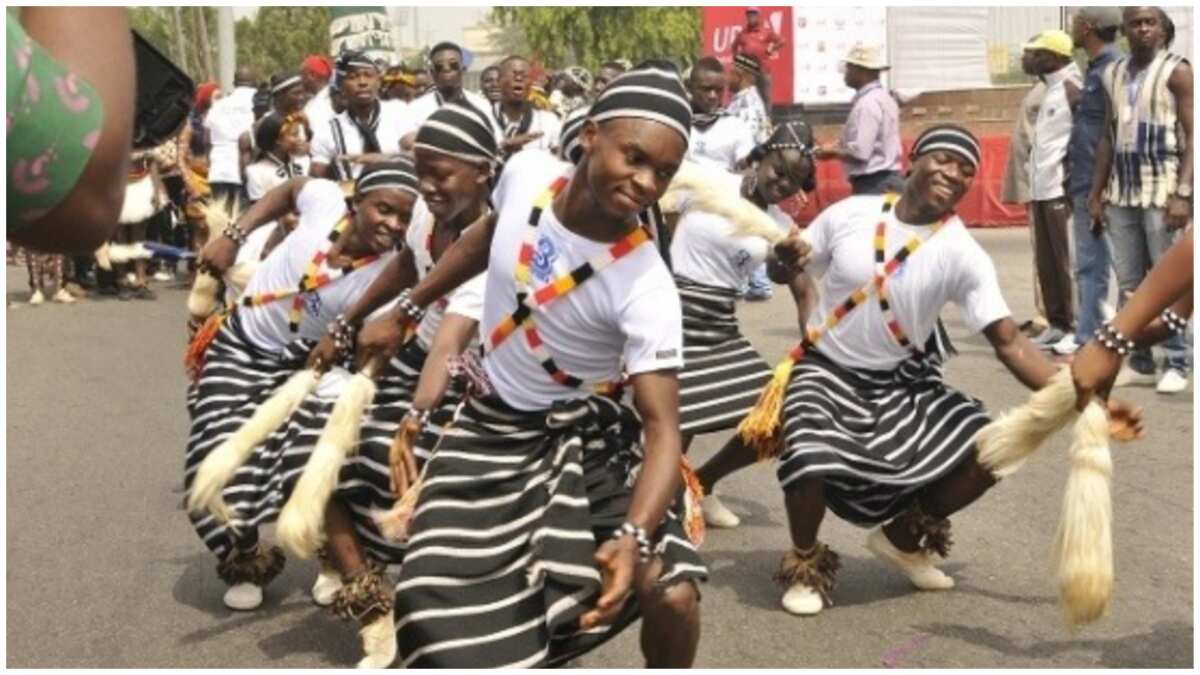Kyle Brungs
blog post 5
Comparing these cultures to my lifestyle
The Javanese language the tenth most spoken language in the world. The oldest inscription goes back to 804 AD Another interesting Javanese fact is that they have leather puppets called Wayang Kulits. They use these puppets to tell stories to their young children. The Javanese are horticulturalists and emigrants, they have these gardens called "home gardens" where they grow plants and flowers. These "homegardens" are sometimes even located in their home. The Javanese have houses called jungle houses. These settlements are usually small and rectangular most often 4 by 5 meters. Since the Igbo are very close with each other in their region, neighbors often provide help in assisting the building of homes. One thing that has been known to destroy Igbo houses in Africa are white ants. This is similar in our society today because in large cities a large amount of people live very close to each other in apartment building. However people who live in cities do not have gardens because they are in the city, while the Javanese and live in an area where food plants and animals can survive. However in my community I live in a suburban area in northern Kentucky where neighbors would not help you build your house and other structure in your home. At the most a neighbor might help me move a couch and that is probably the most they would contribute to the building of a home in this modern society where everyone is in a hurry that they have to have a delivery service for groceries and food. Another aspect I think is different in our American culture compared to theses three cultures is they are vey serious about their religion while today most people are not as devout and participate in their religious ceremonies.
Lockard, Craig A. “The Javanese as Emigrant: Observations on the Development of Javanese Settlements Overseas.” Indonesia, vol. 11, 1971, p. 41., https://doi.org/10.2307/3350743.
Adi, Yoga, and Yoga Adi. “30 Facts about Javanese Culture That You Should Know.” FactsofIndonesia.com, 24 Mar. 2020, https://factsofindonesia.com/facts-about-javanese-culture.




